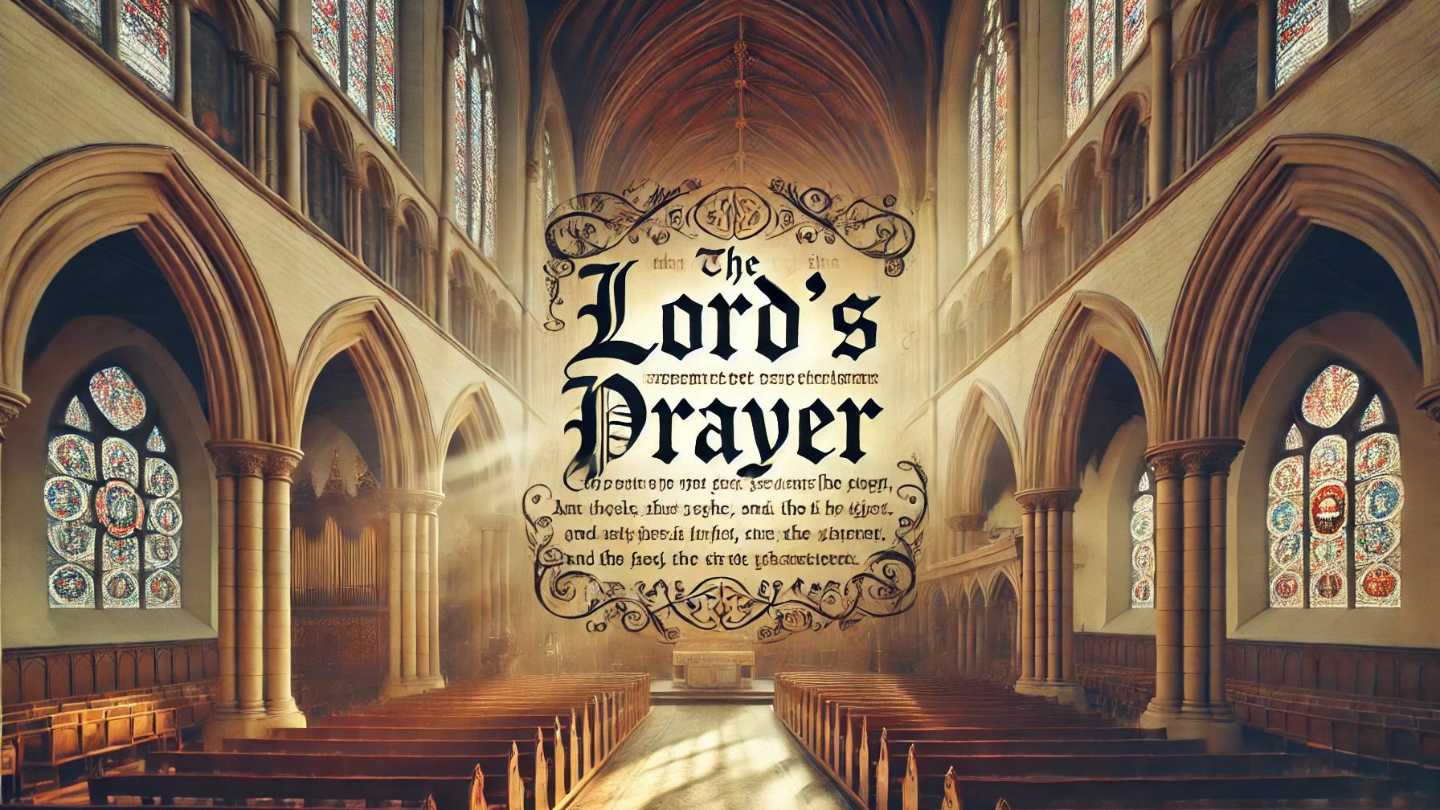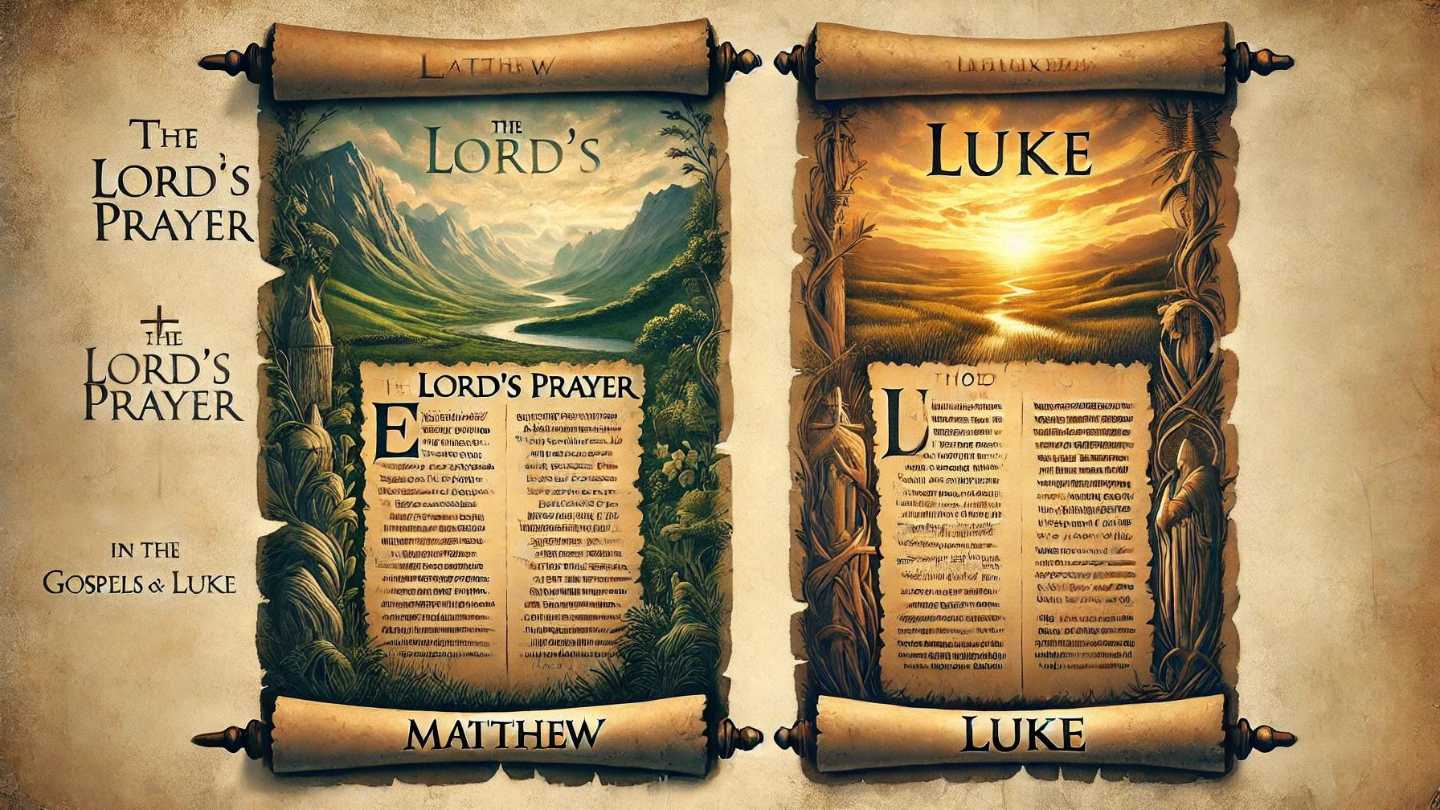The Lord’s Prayer, also known as the “Our Father,” is one of the most well-known and frequently recited prayers in Christianity. Despite its widespread use, there are many misconceptions about its meaning and significance. This article aims to clarify these misunderstandings and provide a deeper understanding of this pivotal Christian prayer.
Misconception 1: It is Just a Ritualistic Recitation
Clarification: While The Lord’s Prayer is often recited during worship services, it is not meant to be a mindless ritual. Jesus taught this prayer as a model for how to pray, emphasizing sincerity and thoughtfulness. Each phrase carries profound meaning and serves as a guide for personal and communal prayer.
Misconception 2: It is Exclusive to Christianity
Clarification: The Lord’s Prayer is primarily a Christian prayer, rooted in the teachings of Jesus as recorded in the New Testament. However, its themes of forgiveness, provision, and reverence for God resonate with many faith traditions. While it is uniquely Christian in its origin, its principles are universally applicable.
Misconception 3: It is a Complete and Exhaustive Prayer
Clarification: The Lord’s Prayer is a comprehensive model, but it is not meant to be the only way to pray. Jesus provided it as a framework, covering key aspects of a faithful prayer life: adoration, confession, thanksgiving, and supplication. Believers are encouraged to expand upon these themes in their personal prayers.
Misconception 4: The Kingdom of God is Only a Future Event
Clarification: The phrase “Thy kingdom come” refers to both a present reality and a future hope. Christians believe that God’s kingdom is already being realized on earth through the work of the Church and the actions of believers. However, it also points to a future fulfillment when God’s reign will be fully established.
Misconception 5: Daily Bread Refers Only to Physical Needs
Clarification: The request for “daily bread” encompasses more than just physical sustenance. It symbolizes all forms of provision, including spiritual nourishment, emotional support, and relational sustenance. It reflects a dependence on God for all aspects of life.
Misconception 6: Forgiveness is Conditional
Clarification: The line “forgive us our trespasses, as we forgive those who trespass against us” emphasizes the importance of forgiveness. However, it does not imply that God’s forgiveness is conditional on our actions. Rather, it highlights the transformative power of forgiveness and the need for a forgiving heart in the life of a believer.
Misconception 7: Temptation and Testing are the Same
Clarification: The phrase “lead us not into temptation” can be confusing. It does not suggest that God tempts people to sin. Instead, it is a plea for protection from situations that could lead to sin and for strength to withstand trials and tests of faith.
Misconception 8: The Doxology is Part of the Original Text
Clarification: The doxology (“For thine is the kingdom, and the power, and the glory, forever. Amen.”) is not found in the earliest manuscripts of the New Testament. It was likely added later as a liturgical response. Nonetheless, it is a fitting and traditional conclusion to the prayer.
Final Thoughts
Understanding The Lord’s Prayer involves moving beyond rote recitation to appreciating its depth and significance. By addressing common misconceptions, believers can engage with this prayer more meaningfully and allow it to enrich their spiritual lives. The Lord’s Prayer remains a powerful template for prayer, guiding Christians in their relationship with God and with one another.
Related Articles
Author

Alona Smith is a devoted follower of Jesus Christ who believes that life’s true purpose is found in knowing Him and making Him known. She is passionate about sharing God’s Word with clarity and compassion, helping others see the beauty of the gospel of grace revealed through the Apostle Paul.
Grounded in Scripture and led by the Spirit, Alona seeks to live out her faith in practical ways—showing kindness, extending forgiveness, and walking in love. Whether serving in her local church, encouraging a friend in need, or simply living as a light in her community, she strives to reflect Christ in both word and deed.






















